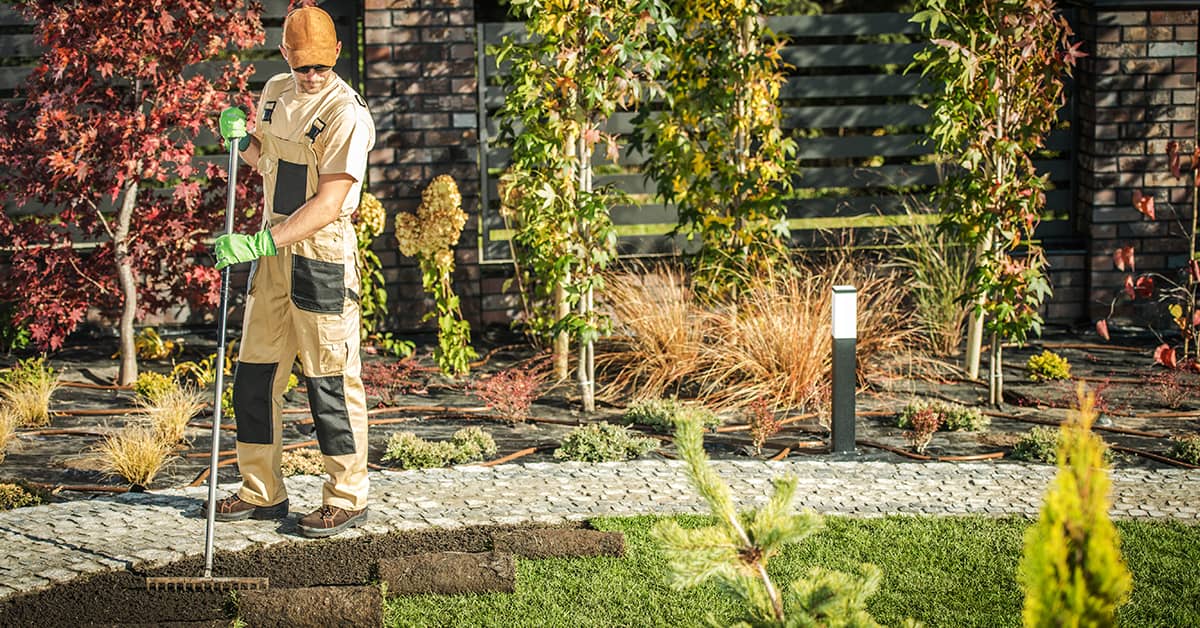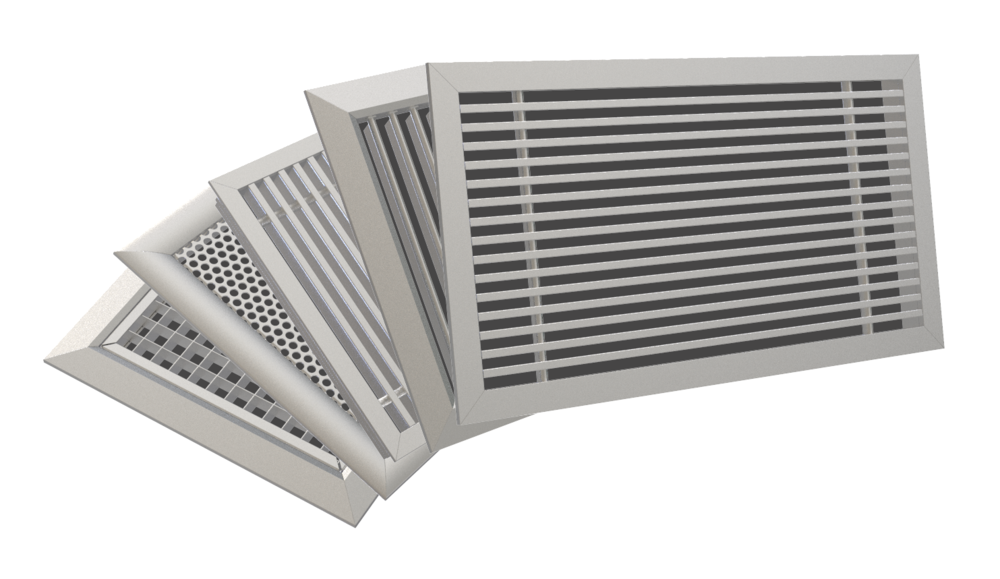Landscaping is more than just planting trees, mowing lawns, or arranging flowers. It’s about designing, building, and maintaining outdoor spaces that enhance a property’s aesthetic appeal, function, and value.
This is where landscape contractors come in. With a broad skill set, they transform outdoor areas to meet property owners’ specific needs and desires, whether for a residential home, a commercial property, or a public park. This article will delve into the detailed role of a landscape contractor, exploring the essential duties, skills, and services they provide to create beautiful and functional outdoor spaces.
2-Design and Planning: Laying the Foundation
Before any soil is turned or plants are installed, a landscape contractor’s work begins with design and planning. These professionals collaborate with clients to understand their vision and goals for the outdoor space.
They consider the client’s budget, aesthetic preferences, functional requirements (like a play area or seating zone), and unique site challenges. This stage involves conceptualizing how the final project will look and function, often using sketches, blueprints, or computer-aided design (CAD) software to bring the idea to life.
3-The design phase might include:
Site analysis to evaluate the current terrain, climate, and natural elements (like sunlight and wind exposure)
Initial sketches or digital designs to propose various layouts and features
Detailed planning for plants, hardscapes, water features, lighting, and any other desired elements
Landscape contractors often collaborate with landscape architects or designers during this phase, especially on larger projects, to create a coherent and feasible design plan that aligns with local regulations and environmental guidelines.
4-Site Preparation: Preparing the Canvas
Once a design is agreed upon, the landscape contractor prepares the site for the work ahead. This includes clearing debris, leveling the ground, or adjusting soil pH levels to create a healthy base for planting. Depending on the scale of the project, site preparation may involve removing existing vegetation and rocks or even demolishing existing structures to make way for new ones.
Site preparation can include:
Grading and leveling the land for proper drainage
Amending soil by adding organic matter or nutrients
Removing invasive plants or adjusting the landscape to manage erosion risks
Installing irrigation systems to ensure efficient watering
A strong foundation in site preparation is crucial because it lays the groundwork for everything that follows, including the longevity and health of plants and other elements in the design.
5-Planting and Softscaping: Bringing Nature to Life
Softscaping involves selecting and installing plants, trees, shrubs, flowers, and grass. In this aspect of landscaping, contractors work to enhance an area’s natural beauty.
They carefully choose plants based on the climate, soil type, and the design goals discussed with the client. Landscape contractors understand the characteristics of various plants and how they interact with each other regarding growth patterns, colors, blooming seasons, and maintenance needs.
The process of softscaping includes:
Selecting suitable plant species based on climate and soil
Arranging plants in a way that complements the overall design
Installing plants, trees, and grass with proper spacing and depth
Mulching and fertilizing to provide nutrients and retain moisture
Landscape contractors often take an ecological approach, choosing native or drought-resistant plants to promote sustainability, reduce water usage, and minimize the need for chemical fertilizers and pesticides.
6-Hardscaping: Adding Structure and Functionality
Hardscaping refers to the non-plant elements in a landscape, such as walkways, patios, retaining walls, and other structural elements. These features add function and aesthetic value to a landscape, allowing for seating areas, walkways, decorative walls, and water features that enhance the usability and attractiveness of the space. A landscape contractor often manages or subcontracts skilled tradespeople to construct these structures using concrete, brick, wood, or stone materials.
7-Key hardscaping elements include:
Walkways and paths to guide movement and prevent soil erosion
Patios and decks for outdoor seating and entertainment
Retaining walls to manage soil erosion and add layers to the landscape
Water features such as fountains or ponds for aesthetic appeal and tranquility
Since hardscaping often requires permits and must adhere to local building codes, contractors ensure that all work meets regulations to provide both safety and durability.
8-Irrigation and Drainage Systems: Sustaining the Landscape
Proper water management is essential to maintaining a healthy landscape. Landscape contractors design and install irrigation systems tailored to each site’s specific needs. They ensure plants receive the correct amount of water while minimizing waste, especially in drought-prone areas. This system includes the installation of sprinklers, drip irrigation lines, and rain sensors.
Drainage is another critical aspect, as poor drainage can lead to waterlogging, root rot, and erosion. Contractors might install drainage systems to guide excess water away from plants, patios, and foundations. This often involves grading the land or installing French drains, catch basins or permeable pavers.
9-Lighting: Enhancing Aesthetics and Security
Outdoor lighting is crucial to a landscape’s aesthetic appeal and safety. Landscape contractors design plans to highlight specific features, create ambiance, and ensure security. They also install various types of outdoor lighting, such as pathway lights, spotlights, and ambient lighting for outdoor living areas.
10-Lighting can serve several functions:
Safety:
Illuminating pathways, stairs, and other potential hazards
Security:
Installing motion-detecting lights or lights near entry points
Aesthetic enhancement:
Highlighting focal points such as plants, trees, or water features
Creating ambiance:
Setting the mood in outdoor living or dining areas
Landscape contractors often use energy-efficient LED lights or solar-powered options to reduce energy consumption and enhance sustainability.
11-Maintenance: Ensuring Long-Term Health and Beauty
After installation, maintenance becomes a key responsibility. A landscape contractor offers maintenance services to keep the outdoor space healthy, clean, and visually appealing. Maintenance services include routine lawn mowing, pruning, fertilizing, pest control, and seasonal planting. These tasks are essential for both the aesthetic and health of the landscape, preventing overgrowth, diseases, and other issues that can compromise the beauty and function of the outdoor area.
Maintenance tasks often include:
Lawn care (mowing, fertilizing, aerating)
Pruning shrubs and trees to promote healthy growth and maintain shape
Seasonal planting and flower bed upkeep
Pest and weed control to protect plants
Irrigation system inspections and adjustments
Many landscape contractors offer regular maintenance contracts, ensuring clients have year-round support to keep their outdoor spaces in optimal condition.
12-Specialized Services: Bringing Unique Touches
Some landscape contractors offer specialized services to create unique and customized outdoor spaces. This might include installing custom-built outdoor kitchens, fire pits, or water features like waterfalls and ponds. Landscape contractors skilled in these areas often work closely with the client to design these elements and then oversee the installation to ensure they integrate seamlessly into the landscape.
Specialized services may include:
Outdoor kitchens and dining areas
Fire pits and fireplaces for warmth and ambiance
Water features like fountains, ponds, or even koi ponds
Green roofs, living walls, or other eco-friendly structures
These special features require precise planning and installation to ensure safety and functionality and enhance the outdoor space’s beauty and usability.
13-Project Management: Overseeing the Entire Process
Landscape contractors are often the leading project managers on landscaping jobs. They coordinate all the moving parts of a project, from materials and labor to budgeting and timelines. This role requires strong organizational skills, knowledge of landscape design and construction, and the ability to troubleshoot issues as they arise. Contractors often work with multiple stakeholders, including clients, architects, suppliers, and municipal authorities, ensuring everything proceeds according to plan and stays within budget.
Read More Blog’s
Final word!
A landscape contractor’s role is diverse, encompassing design, construction, and maintenance aspects. They transform outdoor spaces, ensuring that every plant, structure, and feature serves a purpose, meets client expectations, and aligns with environmental best practices.
By combining creativity with practical skills and knowledge, landscape contractors create landscapes that are not only visually appealing but also functional, sustainable, and enjoyable for years to come. Whether enhancing a backyard oasis, a commercial property, or a public park, these professionals play a crucial role in creating spaces that blend natural beauty with modern needs.




